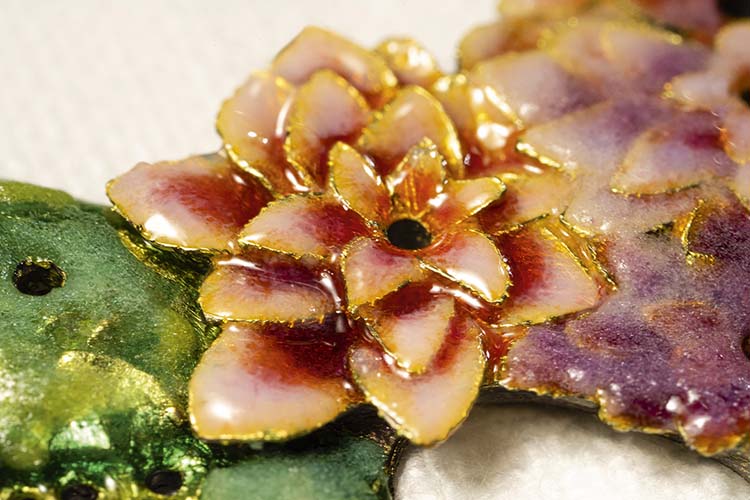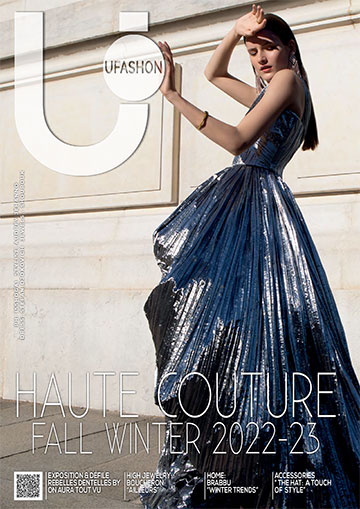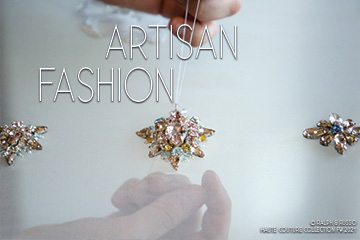The PIAGET ROSE collection welcomes two new rings and four new timepieces that each depict a whole bouquet of glorious and lavish PIAGET ROSE.
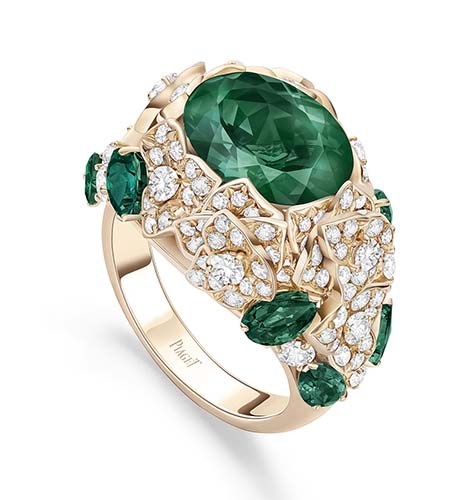 |
The Piaget Rose is best-known as one of the Maison’s exquisite jewellery collections, but it is also the name of an award-winning flower named after Yves Piaget. This rose comes in a unique and vibrant shade of fuchsia and is appreciated for its large bloom with 80 layers of petals and its fragrance that features hints of citrus.
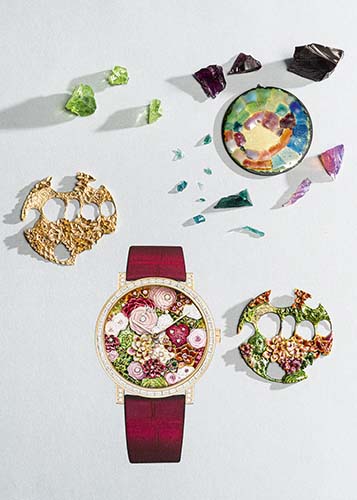 |
Ever since he was a child growing up in La Côte-aux-Fées, Yves Piaget has been fascinated by the wildflowers around him. “I remember these wild roses that we called églantines with affection. They would grow at altitudes of 1,000 metres.” In addition to his work at Piaget, he was committed to promoting this unique flower and his life-long passion for roses was rewarded in 1982, when the rose created by the Maison Meilland, and which won the International new Rose Competition, was named after him. Honoured by this gesture, he offered an 18-karat gold, life-sized rose to each new winner of the com petition for several years. He has since created the Monaco International Rose Competition, which awards a trophy donated by the Maison Piaget.
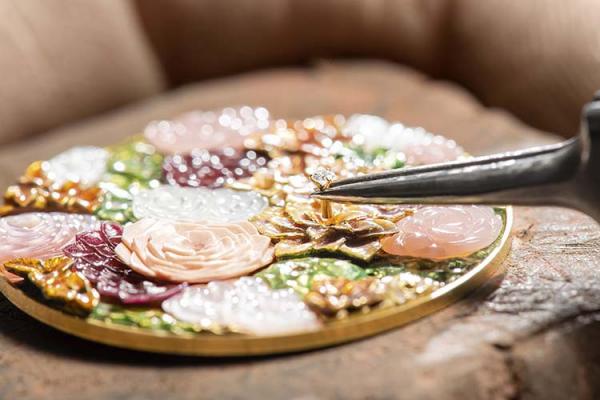 |
The Piaget Rose was born in 2002 in the Maison’s High Jewellery collections and has continued to bloom ever since. Piaget dreamed up elegant gold and diamond bouquets, which were followed by creations featuring diva-pink tourmalines and candy-pink opals. Over the years the Maison has created an array of jewels inspired by the Yves Piaget Rose.
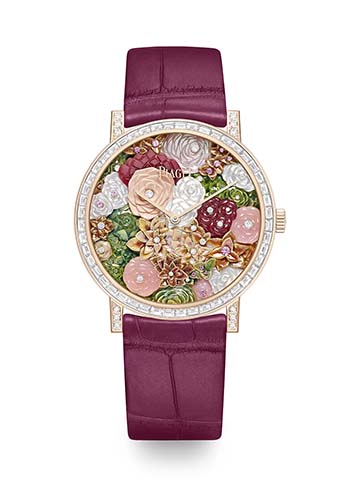 |
This year Piaget is presenting two rings and four timepieces in a bouquet style that accentuate the rich colours, textures, and volume of a beautiful bunch of Piaget Roses. More delightful than ever, this year’s Piaget Rose creations celebrate generosity and the beauty of sharing. Each piece is designed and developed by the artisans in Piaget’s “Ateliers de l’Extraordinaire”, but also introduces collaborations with external craftsmen and women who are leaders in their artistic fields.

